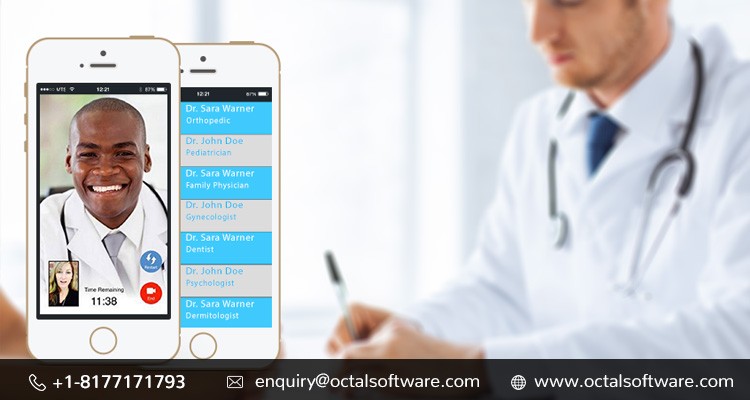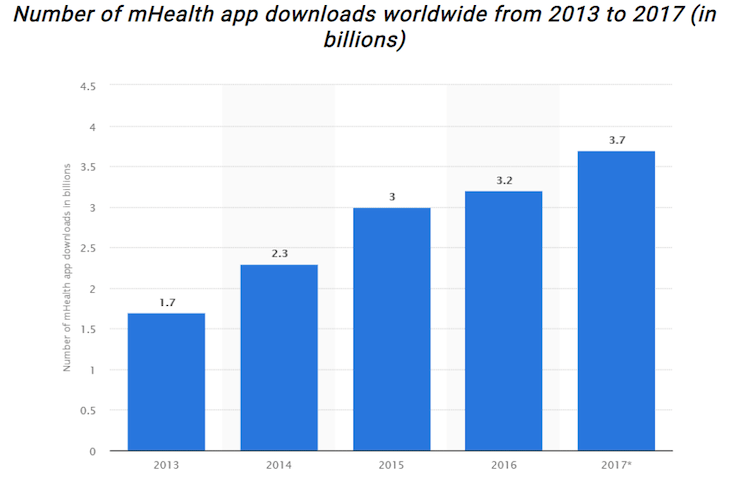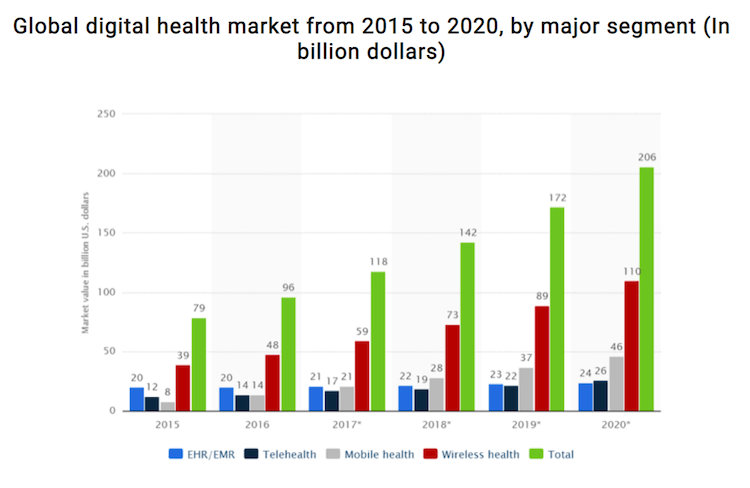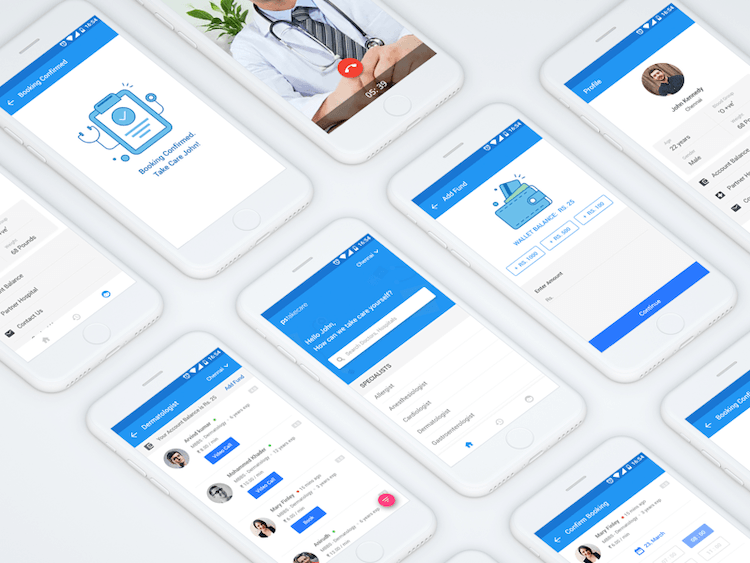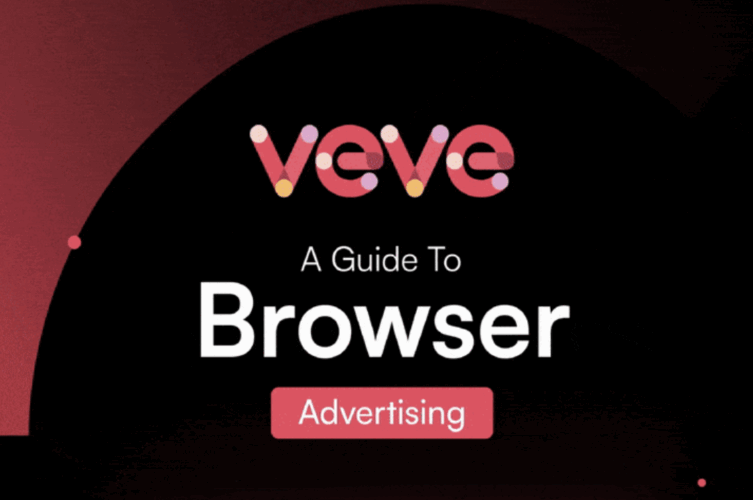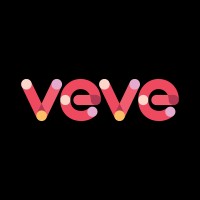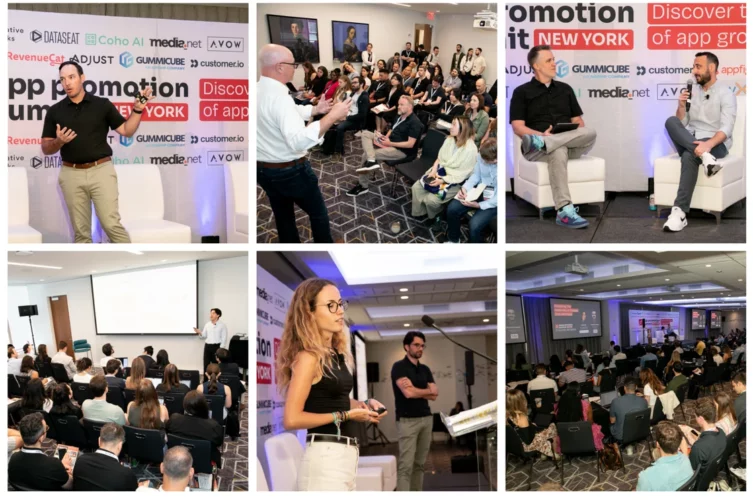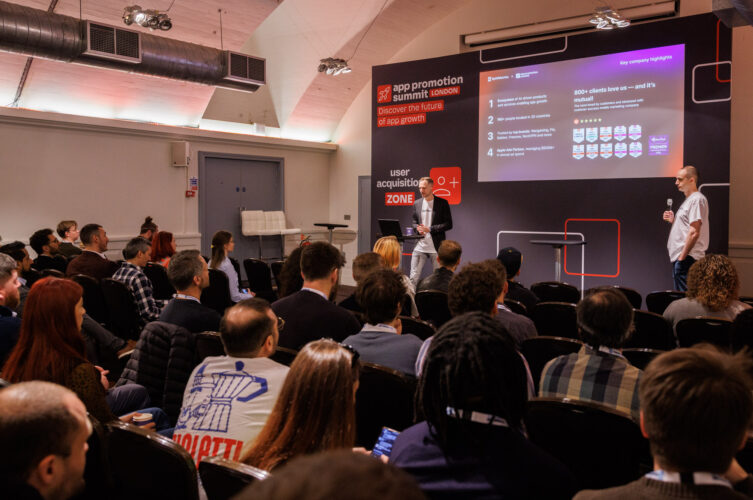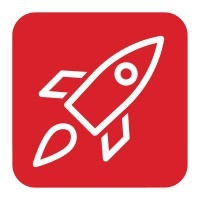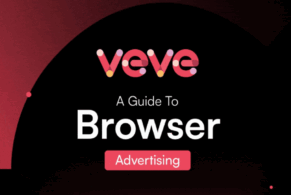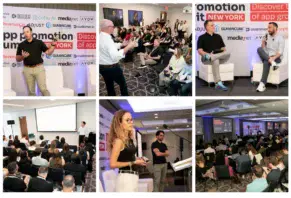The world is going mobile. Right from food ordering to online shopping, people have started using their smartphones for their day-to-day tasks. In such, the medical industry could not remain unaffected of the mobile arena.
Today, we can see a large number of medical applications contributing to the well-being of people. Be it tracking their physical activities to keeping a track of their medicine regime, people have started depending upon their mobile app. Contributing to this trend, many hospitals, medical institutes and doctors have started building their own applications. These apps do not just help the patients in staying healthy, but also help these medical professionals in reaching out more and more people, conveniently.
But before we go deep into the industry trends and the scenario of developing healthcare mobile apps, it’s important to realize the current market stats. Also, we need to figure out why most of the applications cannot make a ground in this highly competitive marketplace. Here are a few questions that every app development company and medical professional must address before investing in healthcare mobile applications:
- Why are mobile health apps useful? Why did they fail?
- What are the common types of medical applications on the market? What features do they have?
- Tips and functions generated from medical applications.
How do you develop your own healthcare mobile apps and why are medical apps so popular in the marketplace? Here we talk about the current trends in medical mobile app development and find out what is needed to be successful in today’s healthcare.
Do you remember the hand-held gizmos that Dr. McCoy employed to treat Star Trek’s wounds? We do not have such powerful gadgets yet, but the medical industry is being digitally upgraded. New technologies are being introduced and new gadgets are being developed. Considering this, the day is not away when we will have the magical devices able to cure everything within moments.
As Elon Musk proved, technology has taken a big step in recent human development. Now you can do a lot of work with your smartphone and an Internet connection, complete your shopping and serve your food. The same procedure now applies to the Healthcare industry.
The App Store is full of healthcare apps, all for different purposes. According to Flurry analysis, the number of people using health applications increased by 62% over the past four years, and the overall application usage increased by 33%.
Why are people interested in developing medical applications? Okay, we have a bigger agenda in mind for those apps, more specifically:
- Provide nutritional advice to help you make better choices in your daily eating regime.
- Plan an online workout to maintain your appearance.
- Make it easier for you to communicate with your doctor.
- Send an online report on the patient’s perception and health (eg, the diabetes patient’s glucose level is passed on to the PCP)
- Maintain accurate online medical records and access and mobilize all your data 24 hours a day.
- Call your doctor or emergency room.
- If necessary, remind about the prescription and refill it.
- You can book a visit to your doctor online, based on information you can see, such as photos, qualifications, and work experience.
- Directions to hospitals and clinics
- You can see the results of your laboratory analysis on your mobile phone.
Despite many of the features described above, most software development has failed. Medical IT news research shows that only two-percent of healthcare applications are released. More importantly, every failure will cost the hospital $100 million.
Why is this often happening and trying to create a healthcare application for patients often fails?
There are several possible reasons for why mobile apps fail to succeed. These are:
The user experience is poor
There are many indications that the user experience is not appropriate. Availability Geek lists the top 10 most common items. It’s important to realize that there’s a “ghost house” app on the shelf of the mobile app market that no one already uses. Avoiding at least useless content, complicated user flows, and inconspicuous CTAs can leave a lot of potential customers in the product.
Lack of expertise and industry knowledge
The most important aspect of a healthcare application’s success is its expertise. If the doctor’s opinion is not enough, people will not be faithful to it. It is widely known that people believe people, not an artificial intelligence device that suggests them to do something. Even if your application provides better suggestions and guides, people will have a tough time believing its recommendations. Therefore, it becomes necessary to include the expert advices of a person, a doctor.
No specific problems have been solved
The problem that most healthcare applications cannot solve is the requirement to meet certain needs, especially what the user cannot do without the product. Every application should be meant to solve a problem. Since there are thousands of applications covering the whole spectrum of healthcare and are not focused on a certain pain, people generally avoid them since no one is interested in reading useless, clichéd suggestions. This one is the main reason why the QPG state application will fail and many similar things are also true. If the application addresses a certain pain-point, a disease or an ailment, the chances of its success are way higher than a generic application.
You have not followed the privacy regulations
All medical applications are subject to HIPPA regulations. However, many applications can not satisfy these rules.
To use the application successfully, it must be visible and should be used for other purposes. The following are some examples of successful cases of electronic records systems or other kinds of medical applications, depending on the service provided.
Related Article: Healthcare-Medical Mobile Apps – Types, Benefits & Development
Types of health care applications can be divided into three categories.
Daily health application
Some applications keep track of daily activities (such as nutrition/sleep) and helps maintain body shape.
Every day-to-day application should have the following specific features:
- Sleep (Quantity and Stage) / Run / Step Tracker according to the goals of the application. Optional tracker may include heartbeat / BP / pulse, fluid consumption, and tilt swing (important when calculating exact steps or kilometers). A more complex and selective calorie counter.
- Analysis. Based on information gathered from user activity, an application should be able to measure metrics and make specific conclusions.
- Encourage users to work on data applications through push notifications.
These types of applications typically generate revenue from prepaid service subscriptions. For example, the Headspace app is subscribed to every month or every year like many people. Your ad may also be able to monetize your app, but it can reduce your ownership.
Hospital and EHR applications
The first type of hospital application was created when a hospital needed an application that met the brand and digital monetization requirements. When you create an app for a clinic, there are a few essential features.
- Every day is like a tracker for health apps
- Analyze the algorithm to use the data.
- Notify the user to see the clinic’s opinion based on data received.
- Elected appointment feature, optional – In-app subscription billing
- Save EMR for all records
- Access EMR online for a limited time to comply with privacy limitations.
- Calendar app to set reminders to receive medications prescribed by your doctor
- Optional: Ability to schedule medications through the app
EHR App
The other type of app is often an EMR (Electronic Medical Record) application, in which specific clinics are not referenced and users can choose from multiple hospitals. Except for this “diversity” function, all other functions are almost identical. This type of application is more beneficial as a system customer and has no obligation to a specific organization.
One of the additional features of the EHR app is that it can be an online video / audio consultation with a doctor because telemedicine can observe the patient’s condition and the reduction of disease. Another major impact on user acquisition is the implementation of artificial intelligence algorithms to diagnose underlying diseases. Microsoft has done well in this area. The current Windows Genius InnerEye project is a project that makes use of innovative cutting-edge machine learning techniques to create innovative tools for 3D automated quantitative analysis. Basically, the research is trying to reconstruct healthy anatomy structures in 3D radiographs.
Emergency mode can also be a good add-on, and if a patient loses power, each parlor needs access to emergency blood pressure and chronic disease history reports as well as his blood group and RH factor data Can save lives. The Medical ID app provides this service. In an emergency, the mobile app gives you quick access to the important things listed above so that they can take action.
Medical Software
The third type of software-related healthcare software faces more complex tasks such as symptom description and algorithms such as diagnosis, diagnosis and X-ray operation. Developing such a system requires a medical professional to follow it, abide by many rules and regulations, and build a specific test team. This is because the test cases are performed by real people and living people.
How to write applications for patients or EMR systems
- If you choose to use an EMR or medical software development firm, make sure you have legal rights to start medical care. Globally recognized HIPAA is required, and you can apply for a different certificate depending on your local application. Here you can read the main regulations of the biggest countries.
- An important step in EHR software development is to integrate your app with all your smart coaches, smart watches, Apple Watches, and other devices to help you track user activity more prominently.
- Provide an appropriate monetization model for the application. Usually, subscription models are the most practical option, but in-app ads can be effective from the beginning, because they require a solid user base.
- If you want to hire an electronic health record development company, iOS is a smart choice. Because Apple supports the health care plan (because it even develops research and treatment kits, the app’s funds and promotions bring it to you.
If you want to build apps for patients, you may need to calculate funds. Approximate Indicators of Medical Application Costs: Approximately 1400 to 2200 hours are required for daily health applications and 2500 to 3000 hours for hospital or EMR product applications (one platform). Other firms have different costs, but they find one thing in common, and the price of a medical product starts at a price of $40/hour on the platform.
So, it is clear that building a medical mobile application is a costly venture but a profitable investment. However, one should not forget that more than 98-percent of the medical mobile apps fail to register. Therefore, it is important that you come with an excellent idea, something which is good enough to create a revolution in the medical industry. At the same time, you must be very careful while hiring the mobile app development company. This is because a good development firm may convert your potential failure into certain success.
At Octal IT Solution, we have huge experience in developing medical app, so that can benefit you immensely. You can reach them at the following email.


